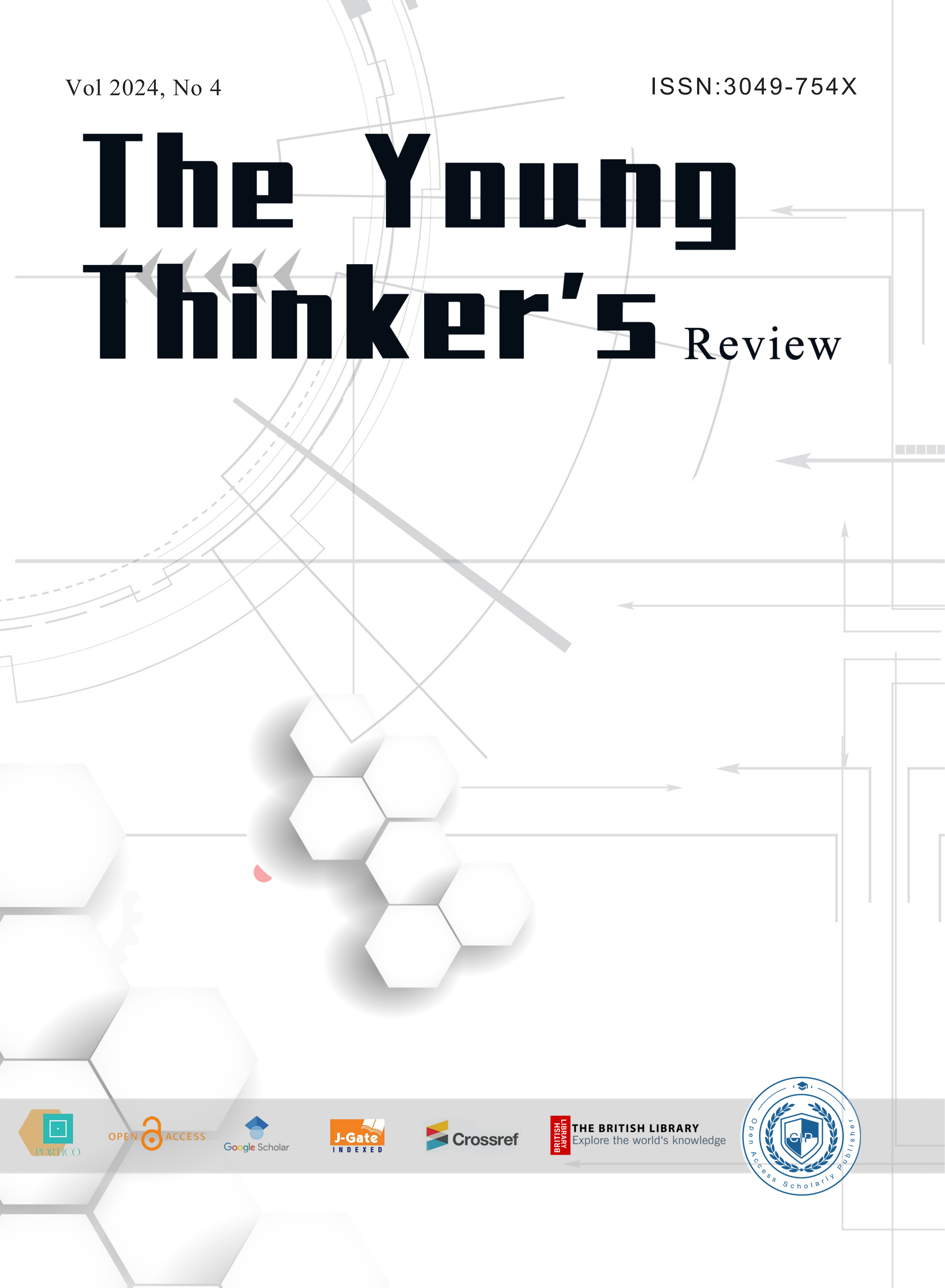Published 20-09-2024
Keywords
- Adolescents,
- Core Literacy,
- Institutional Environment
Copyright (c) 2024 The Young Thinker's Review

This work is licensed under a Creative Commons Attribution-NonCommercial 4.0 International License.
How to Cite
Abstract
The core literacy of adolescents is the starting point and the ultimate goal of education, serving as a touchstone for assessing the quality of talent and the level of education, and also as a guiding compass for the development, reform, and construction of education. Countries around the world attach great importance to the core literacy of adolescents, showing characteristics of macro cognitive consistency, diversified element selection, and specific operational aspects. To achieve the goals of core literacy for our country's adolescents, it is necessary to influence the attitudes, concepts, behavioral habits, and interactive relationships of participants and stakeholders in the educational process, including the government, schools, enterprises, families, and students. It is also necessary to improve the literacy monitoring mechanism, reform the educational examination system, transform the educational evaluation methods, improve the employer's employment orientation, optimize the social education environment, innovate the educational supply mode, and strive to build a modern educational system to create a good atmosphere for enhancing the core literacy of adolescents.
References
- UNESCO International Commission on the Development of Education. Learning to Be: The World of Education Today and Tomorrow [R]. Beijing: Educational Science Publishing House, 1996.
- International Commission on Education for the 21st Century. Learning: The Treasure Within [R]. Beijing: China Educational Science Publishing House, 1998.

